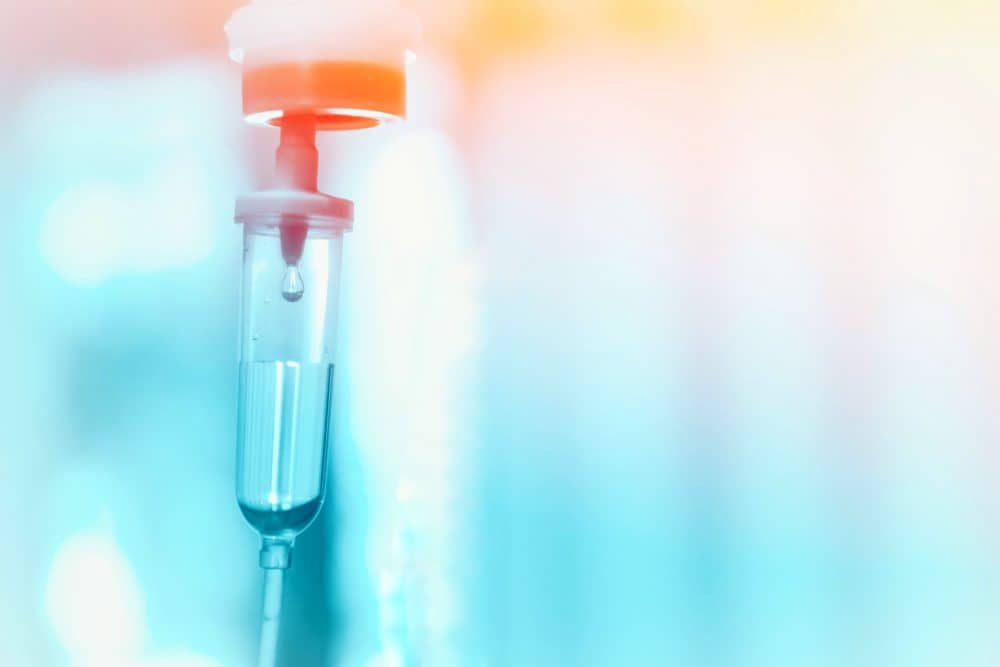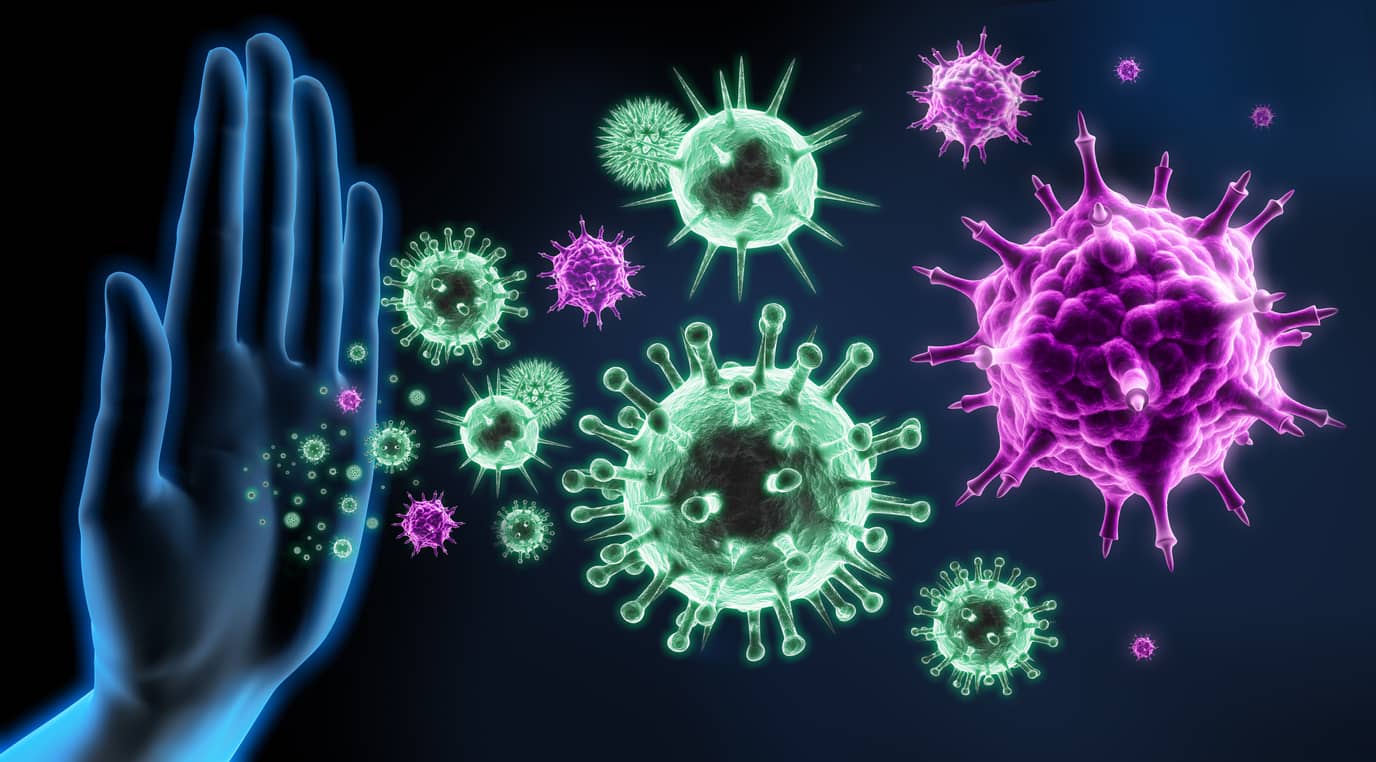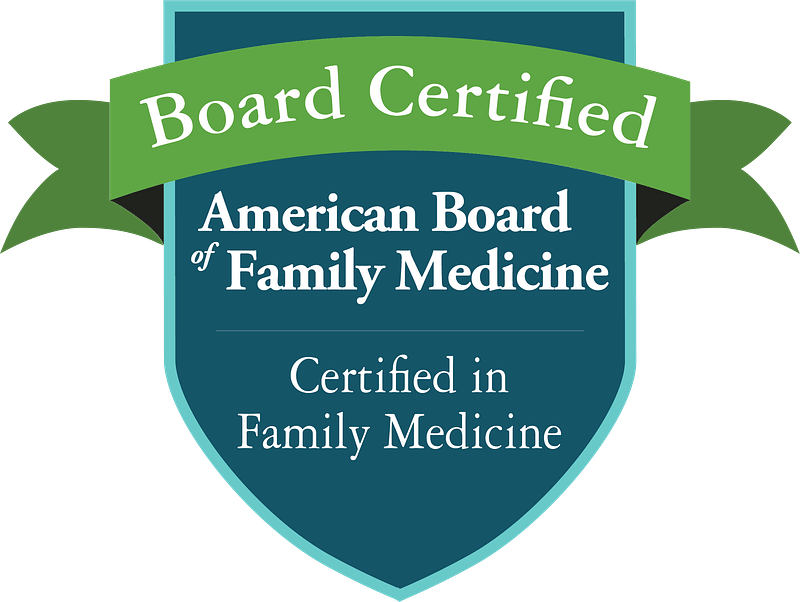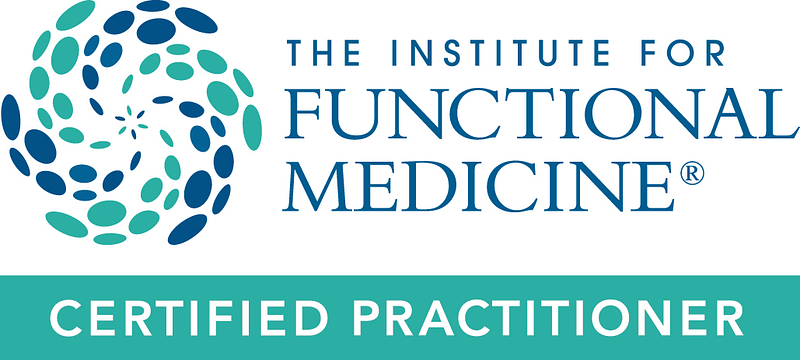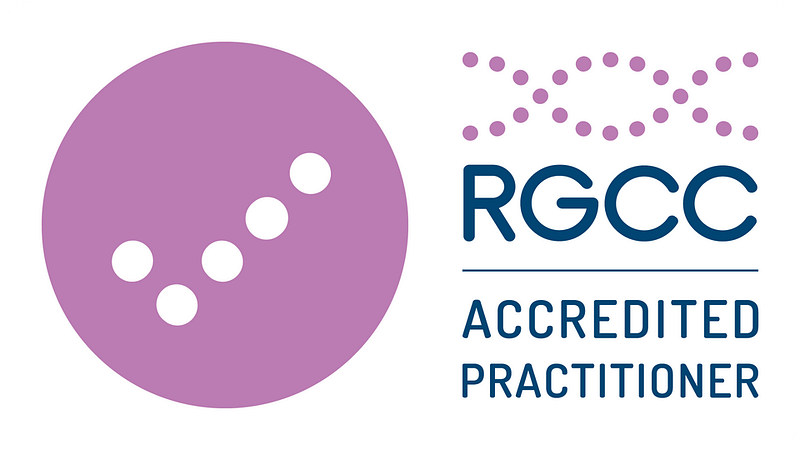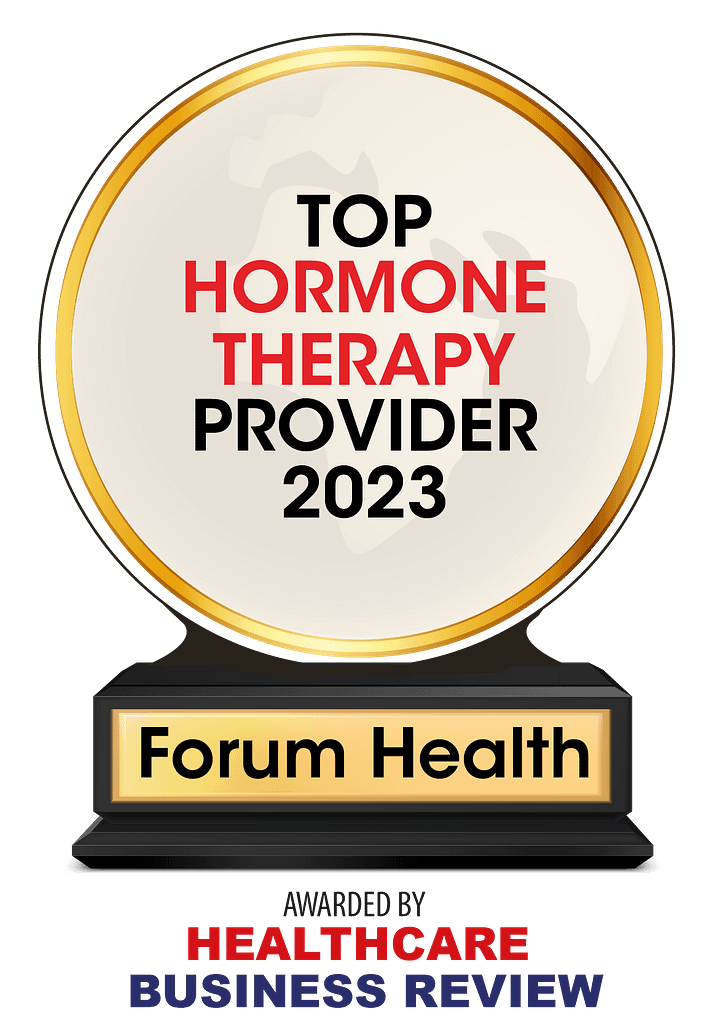Self-Cleaning Models?
Wouldn’t it be nice to simply push a button and burn off years of accumulated toxins, much like a self-cleaning oven?
Well, there’s good news. People are “self-cleaning.” They detoxify through six major pathways: the liver, colon, skin, lymph, kidneys, and lungs.
The bad news? The amounts and types of toxins in the environment now exceed most bodies’ ability to detoxify. (Refer to the Jan/Feb 2006 Health Matters for a list of diseases and conditions associated with toxicity.)
Hiding the Evidence?
A body geared toward survival will protect vital organs from acute toxin exposure by shuttling toxins away and hiding them in fat. Once hidden, toxins can adversely affect health from their fatty outpost as their presence stimulates immune responses that result in chronic symptoms and, given enough time, organic disease.
This toxicity-induced immune activation often occurs below the exposed person’s level of awareness. All he knows is that he was a little lightheaded while stripping furniture or that he just hasn’t felt quite right since getting new carpet in his home. Just as likely, he feels off his mark but doesn’t know why, and attributes it to stress or aging. If he mentions how he feels to his doctor, he may find that his all-too-often equally clueless physician is apt to assign a diagnosis to his ailments that best addresses the symptoms (the tip of a very large iceberg) and prescribe drugs, perpetuating the cover-up.
Ancient/Modern Wisdom
Historically, various methods of assisting detoxification have been used including East Indian Ayurvedic cleansing, Finnish saunas, South American native herbs, enemas (likely first used in Egyptian culture), and Native American sweat lodges. In modern times, the popularity of European spas speaks to the apparent need and desire to rejuvenate health through detoxification. In the United States, the Gerson method of detoxification successfully treated numerous chronic degenerative diseases in the 30’s and 40’s, and the Hubbard Purification method of detoxification was popularized in the 70’s. Since then, they and similar programs have been used to safely detoxify hundreds of thousands of people.
Most people undergoing clinically supervised detoxification programs in a medical facility have had work-related chemical exposures that necessitate close medical supervision. Severe symptoms can develop when stored toxins are mobilized and re-enter the circulation on their way out of the body.
It’s a Sign
Signs and symptoms of toxicity vary widely because each of thousands of toxins has its own toxic profile. Commonly reported are headaches, body aches and pains, mental and physical fatigue, dizziness, halitosis, body odors, arthritis, hypertension, high cholesterol, heart arrhythmias, lethargy, rashes, itching, mood disorders, excess mucus, digestive problems, brain fog, exercise intolerance, stress intolerance, and difficulty breathing.
Post 9/11 Health Problems
Many people were exposed to toxins during the aftermath of the 9/11 World Trade Center (WTC) disaster and paid the high price of developing altered neurological function, difficulty breathing, depression, lowered thyroid function and reduced IQ test scores. A group of 484 people (63 of whom left the program before completion) aged 20 to 77, mostly uniformed officers, underwent a detoxification regimen for an average of 33 days that involved 2 1/2 to 5 hours of sauna per day and specific nutrient supplementation and support. According to the Townsend Letter for Doctors and Patients, all of the 484 patients studied (most of whom were firefighters) reported feeling better, and 84 percent were able to discontinue drugs taken to manage their post-9/11 exposure symptoms. Seventy-two percent of those who took pulmonary drugs had better pulmonary function off their pulmonary drugs following detoxification than they had on their drugs before detoxification. Cognitive function showed improvement, as did vestibular function (i.e. balance), reaction times, and IQ test scores. Neurological testing showed continued improvement months after the detox programs were completed.
Although the WTC 9/11 pollution levels resulted in the rapid development of symptoms, making the cause obvious, most people have a far less dramatic story to tell. Their toxins have taken years to accumulate and are, as such, much less likely to be identified as the cause of their health problems.
Tools of the Trade
Today, assisted detoxification may utilize several practices including infrared saunas, conventional dry saunas, organic diets, exercise, various cleansing programs, rebounders, liver and gall bladder cleanses, coffee enemas, acupuncture, acupressure, supplementation of specific nutrients, juicing, Epsom salt baths, colonics, massage, specific detoxification of known toxins (e.g., heavy metal chelators), chiropractic, dieting or caloric restriction, homeopathy, ionic footbaths, lymphatic massage, alkalinization, and passive lymph exercisers.
Assisted detoxification is especially effective when various methods are used in combination, for example following moderate aerobic exercise with saunas and massage intended to detect and massage slightly swollen or “textured” areas in body tissues that denote toxin storage. These modalities can be further assisted by the use of niacin (vitamin B3) to help create cellular energy, dilate capillaries and mobilize fat, thus helping to release toxins from their fatty storage depots. Taking cold-pressed, organic polyunsaturated oils (sunflower, avocado, walnut, safflower, etc.) helps prevent the re-absorption of mobilized toxins.
Garbage In, Garbage Out
When actively detoxifying, it is important to keep the detox pathways open by avoiding constipation and drinking adequate fluids. Most people will initially experience increased symptoms as toxins are rousted from storage sites in the body and re-enter the circulation on their way out of the body. The passing of various toxins and the presence of foul odors routinely result as toxins are mobilized and exit the body.
Nutritional Support
Detoxification is accomplished by cellular work that requires specific nutrients. A person needing assisted detoxification may be depleted in the very nutrients that support the removal of toxins from the body. Supportive nutritional supplementation is thus recommended, including but not limited to essential fatty acids, antioxidants, niacin, fiber, enzymes, electrolytes, probiotics, enzymes, vitamin C, herbal support of organs of detoxification, amino acids, oils, alpha ketoglutaric acid, magnesium, silymarin, glutathione, glucuronic acid, bentonite, and activated charcoal. Similarly, balancing immune system function by treating allergies and infections that stress immune function helps pave the way for successful detoxification.
Home Safe Home
People who have home and work environments relatively free of toxins and who eat organic diets detoxify to a greater degree than those who do not. Since the average person spends more than half his life in his house and nearly a third of his life in his bedroom, keeping one’s home and bedroom as free as possible from toxins can help create a healing oasis. A sparsely furnished bedroom with tile or wood floors and minimal window coverings is easy to keep clean. Chemicals such as cleaning products, art supplies and all but a couple of books should be stored outside the bedroom. Natural lighting, air purification, natural non-toxic cleaning products, ventilation, dehumidification, and natural fiber bed linens that can easily be laundered regularly in hot water are recommended.
Dentally Retarded?
Because mercury is one of the toxins that can be mobilized through detoxification and because it can retard the body’s ability to detoxify, mercury-containing “silver” (gray colored) dental fillings should be removed by a specially trained dentist (www.iaomt.org) prior to starting a course of assisted detoxification.
So Warned
Assisted detoxification is not recommended for pregnant or lactating women (an increase in circulating toxins can harm fetuses or babies who are more vulnerable to the effects of toxins than adults), anyone severely underweight, or young children and additionally, for patients with kidney failure, seizures, anorexia, and bulimia. People stopping recreational or prescription drugs require physician-monitoring. Drinking alcohol and using tobacco products (both known toxins) negate efforts to detoxify.
Some toxins that are released from their storage depots could be carcinogenic, necessitating customized nutritional support during detoxification. Such support is beneficial for all, or can be considered essential for sicker or more nutritionally depleted patients, as is monitoring minerals, electrolytes, and other parameters by laboratory testing.
Easy Does It
Though assisted detoxification has been safely and successfully carried out by thousands of people, not everyone is a candidate. If disease has affected an organ of detoxification (liver, lungs, kidneys, etc.), backlogged toxicity can be so great that even a gentle effort to detoxify is simply not tolerated. Very toxic or weakened persons should be detoxified only under direct medical supervision where they can be “rescued” should they have severe detox symptoms.
A person eager to recover lost health can push detoxification to an extreme, having detoxification symptoms that are not tolerable or risking nutrient depletion. One’s tolerance or intolerance of assisted detoxification can serve to guide the pace of a detox program. A relatively healthy person may benefit from cleansing two or three times a year, while a more toxic person may require a daily regimen. Persistence is rewarded.
Detoxification is a process, not an event. The use of detoxification methods in synergistic combination with each other is better than the single, protracted use of one method. Alternating detoxification with periods of rest is beneficial and more effective. Rest and relaxation also help create an internal environment which favors the release of cellular toxins.
Prevention
Exposure to even everyday background environmental toxins impacts health. People interested in disease prevention or health maintenance would be wise to consider an ongoing program of assisted detoxification.
Overview
The goal of assisted detoxification is to help a person function and feel better by addressing the underlying cause of his health problems. Detoxifying is health-smart because it addresses the causes of toxicity while decreasing immune stress and enhancing the ability of the body to repair itself (homeostasis).
Accurately determining the cause of symptoms provides autonomy and can result in people feeling they have some control over their health. Genetic variability accounts for some people having significant recovery of function and health from assisted detoxification, while others do not.
Assisted detoxification is not a panacea and it is generally not recognized, understood, or accepted by mainstream medical doctors who dismiss its reported successes as merely anecdotal. Even when the underlying cause of disease is toxicity, surgery or other mainstream medical interventions may still be required. Medical supervision of assisted detoxification is recommended.






